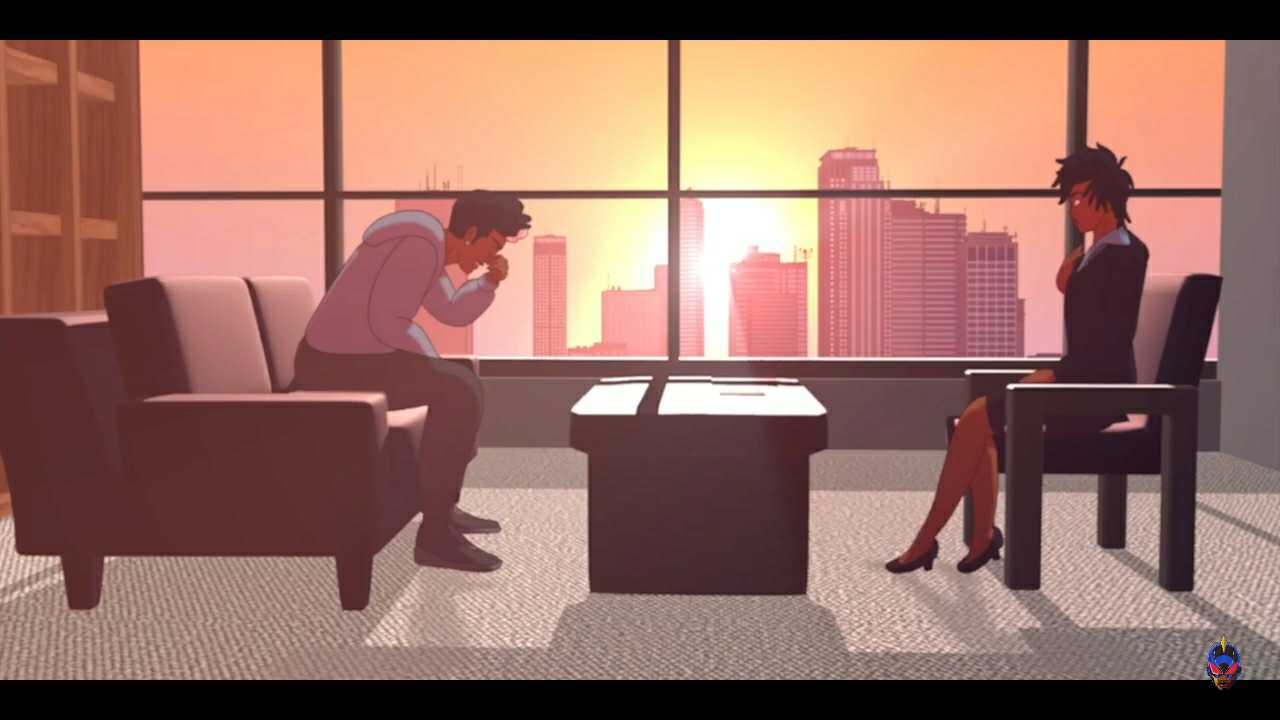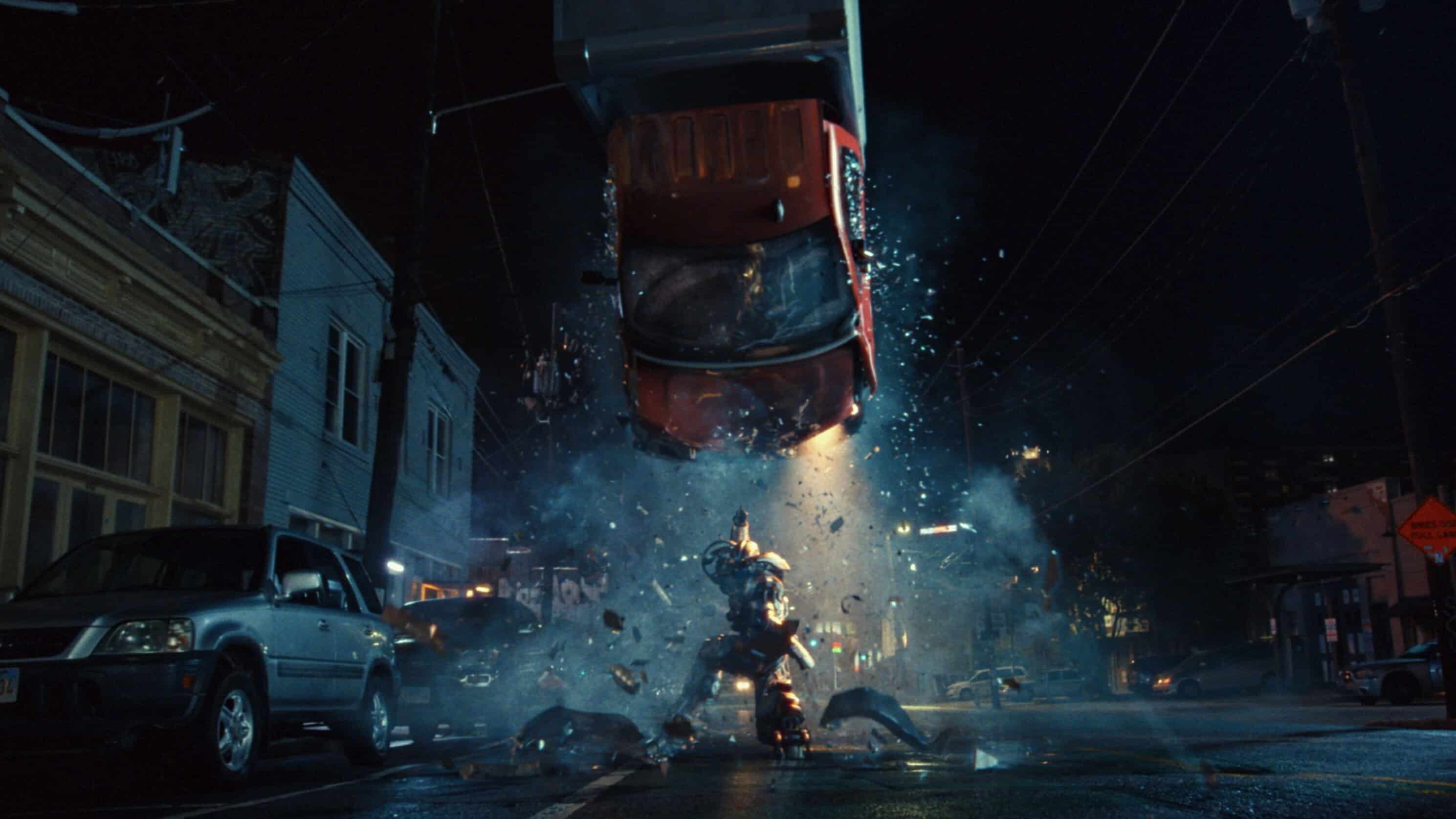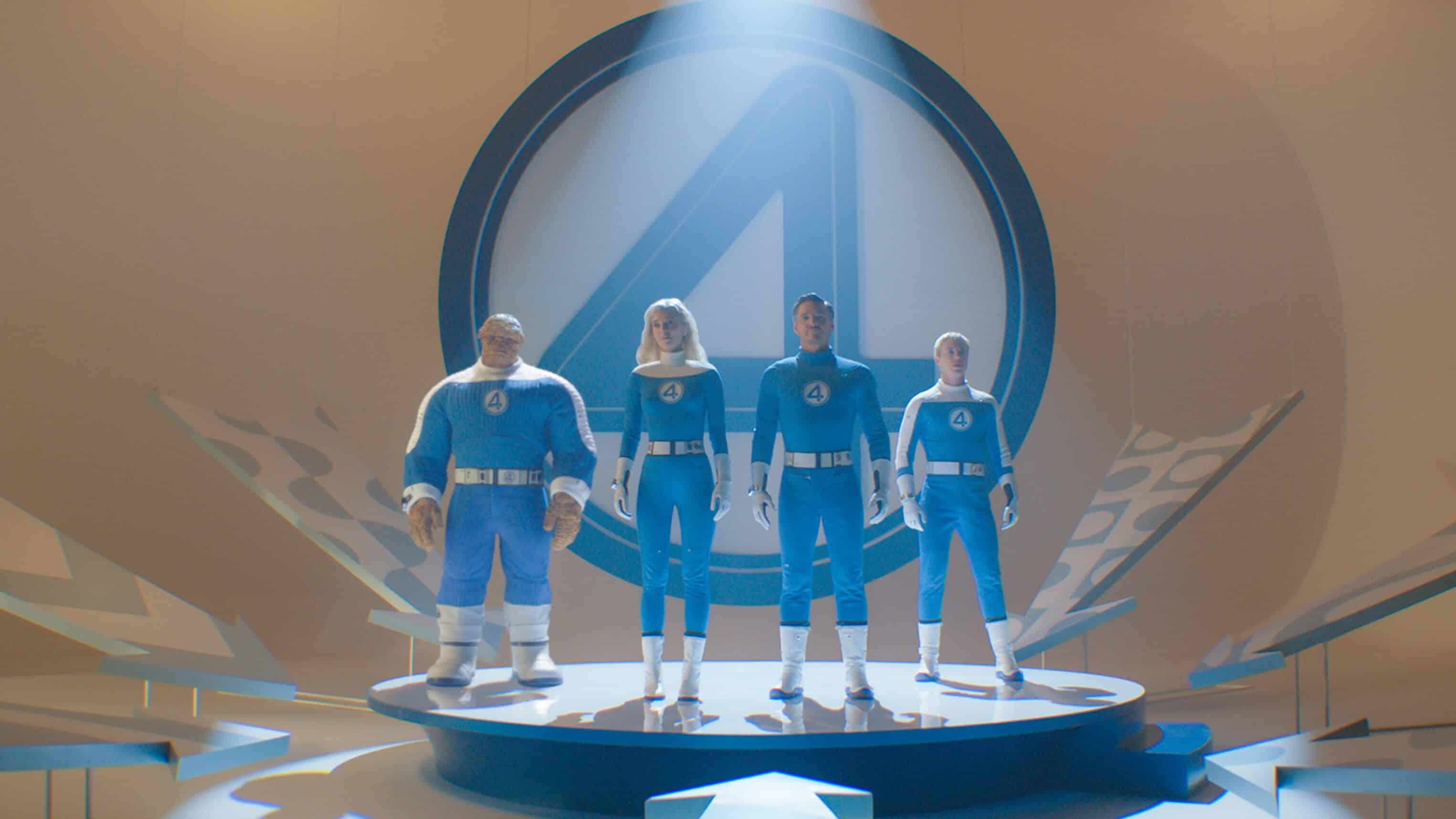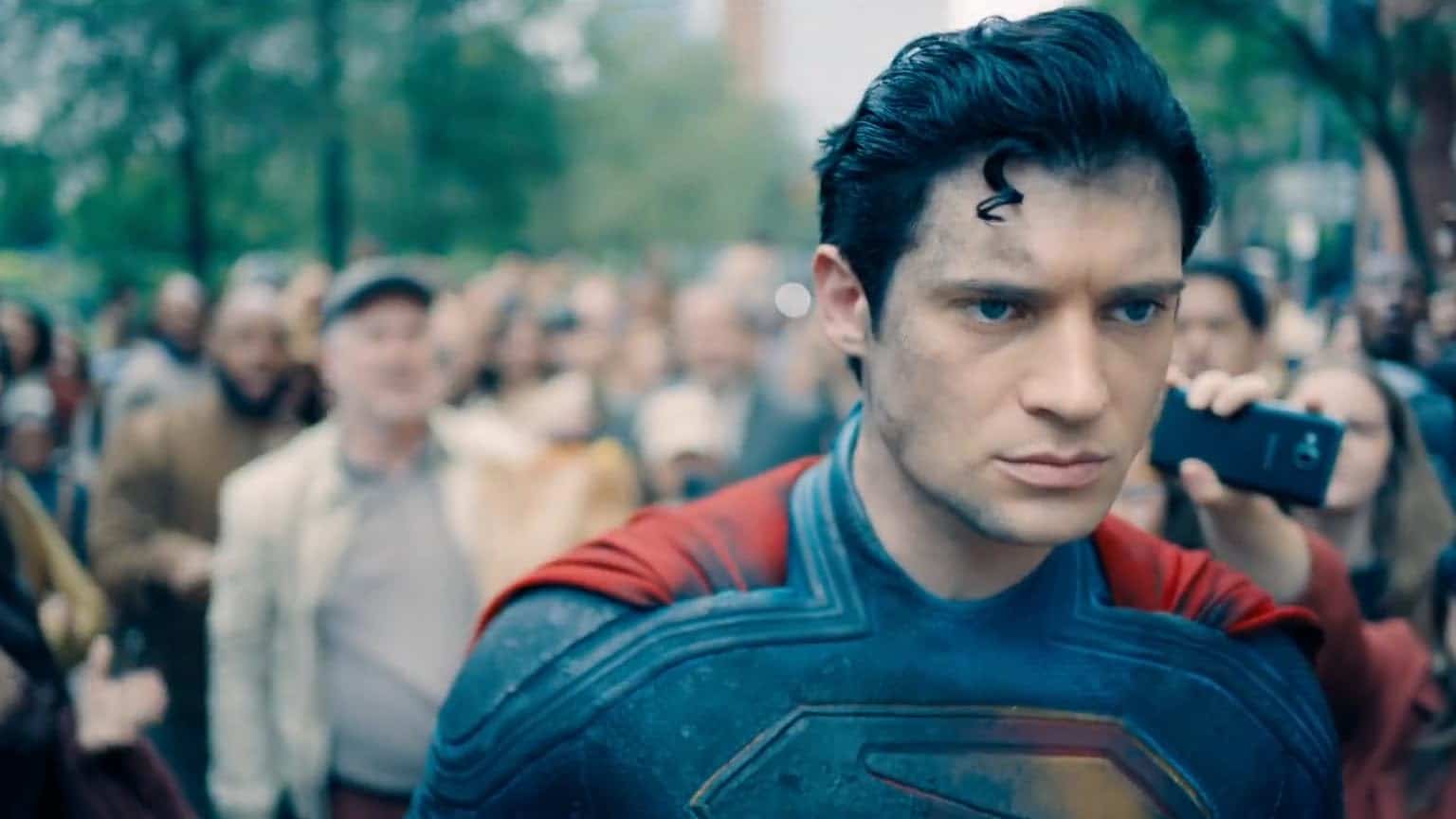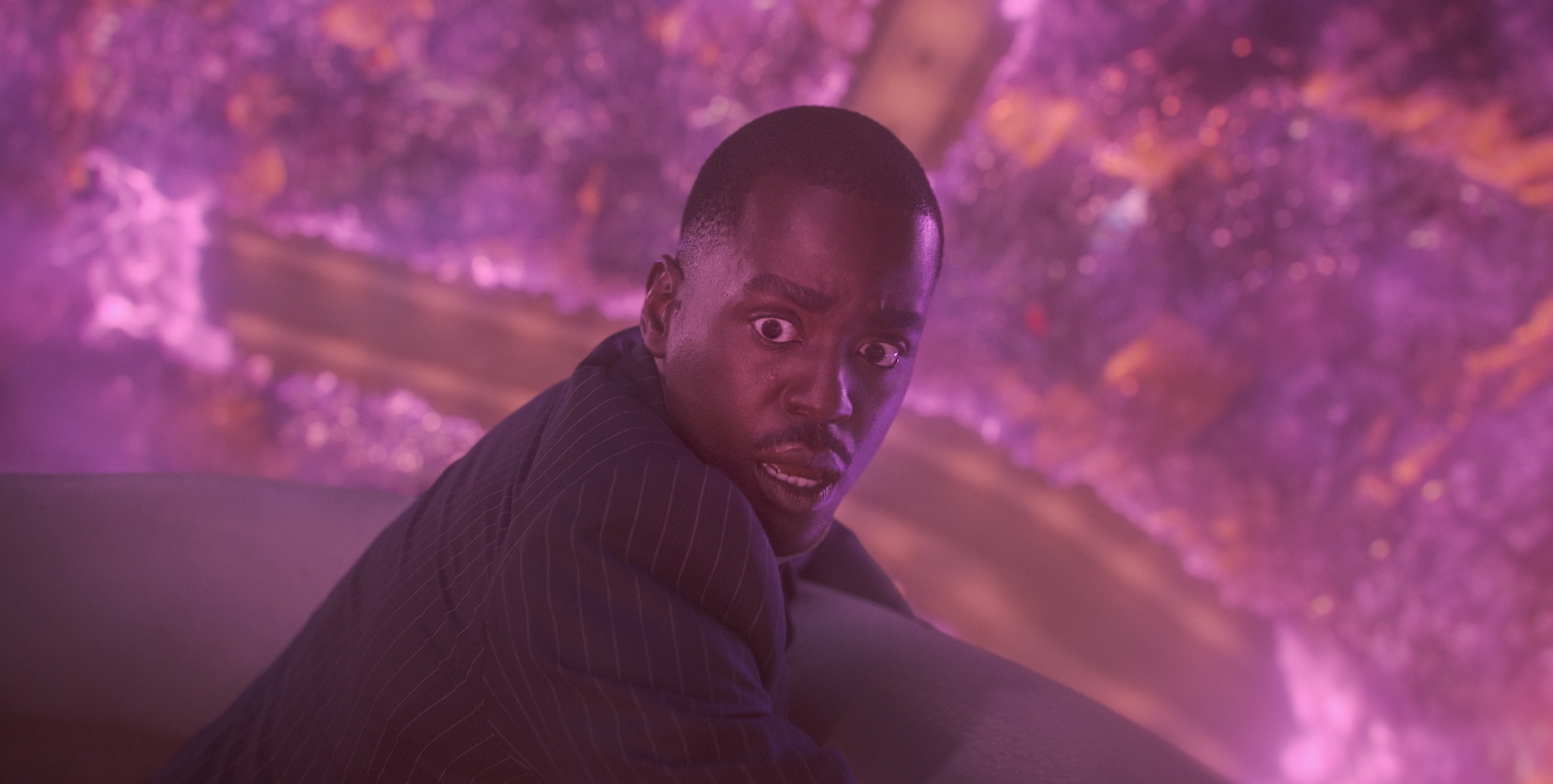Created by Lamard Cher-Aimé of Cutting Edge Animation, Captain Zero: Into The Abyss is a short film that tells the story of Xerxes, a teenager with depression living a double life as the superhero Captain Zero. When the stress of his double life gets too much, he finds himself seeing a therapist named Dr. Niobe (voiced by actress Angelica Ross). In September 2022, the first four minutes of the film was made available to watch on YouTube but now the full short film can be watched on Lamard’s website for $2.

One of the best aspects of the short film is how Xerxes’ first therapy session is intercut with scenes from his secret superhero life. For instance, Xerxes explains how he has been having blackouts ever since he started his “new job”. As he makes vague references to his superhero life with statements like, “the customers are assholes”, we see Captain Zero getting beat up by what appear to be villians. From Xerxes’ exasperated tone and these scenes, he is clearly having a hard time.

In fact, the difficulty that Xerxes has as Captain Zero is driven home as Xerxes says, “I even got the cops called on me for trying to help people.” and we see Captain Zero surrounded by police with guns trained on him. Even though Captain Zero is a superhero, he is still a Black young man who can be seen as a threat. According to the organization NAMI, racial trauma can have a significant impact on a Black person’s mental health and Xerxes is experiencing this firsthand.
Another factor that appears to negatively affect Xerxes mental health is social media. In a visually striking scene, we see Xerxes start to explain the bad dreams he has before the scene cuts to a dream-like darkness lit up with Xerxes’ phone getting social media notifications. They are negative messages calling him a “loser”, “the worst hero”.

A notable detail is that when the messages first appear, his home screen says, “No escape, end of time.” This seems to signify how social media is a nightmare that he feels trapped in. This is further exemplified as he begins to hyperventilate as the messages begin to overwhelm him as evil grinning red faces appear from his phone. The evil red face embodies the “depression demon” that Xerxes says he sees in his dreams.
After this scene, Xerxes explains that although his nightmares are recent, it feels like his blackouts and the depression demon have always been there. This implies that he has probably been dealing with depression for a long time, perhaps even before he became a superhero.
Throughout this first session, Xerxes and Dr. Niobe have a gentle give-and-take rapport going on. This is due to Xerxes’ nervousness and hesitation to open up to her, as seen from the very beginning of the short film. Xerxes’ uneasiness is further exemplified when he asks, “Am I doing too much?” as Dr. Niobe is taking notes on her laptop. Speaking from my personal experience with depression and anxiety, I know that having mental health issues can sometimes make you feel like a burden, even when you’re trying to ask for and get help.
However, Dr. Niobe clearly cares for Xerxes. This is shown when Xerxes says that he sees his depression demon in real life and Niobe calmly asks, “Can you see the demon now?” with zero judgment in her voice. Xerxes doesn’t give a clear answer, but he appears to internally scream as he sees the depression demon hugs his shoulders. It is here that the original preview of the short film cut off, but we see the aftermath in the full short film.

The film shifts to Dr. Niobe and Xerxes having a post session talk outside her office. Her genuine interest in Xerxes is further demonstrated as she thanks Xerxes for coming to see her, especially since she rarely gets young Black patients. The reason for her lack of young Black patients is soon explained when Xerxes says that the reason it took so long to see her was due to a lack of money and stigma, embodied by the statement, “Every hood has at least one crazy nigga and you don’t want to be that one.”
Thankfully, Xerxes seems to have one other positive influence in his life besides Dr. Niobe in the form of his best friend Daisy. Daisy is a Black girl and the one who recommended Dr. Niobe to Xerxes. Given the brief instance of seeing Daisy in a winged superhero suit as Xerxes calls her a “real life superhero”, we can assume that Daisy might be a fellow superpowered ally.
Ultimately, the film gives some notable glimpses into the fictional world of Captain Zero while focusing on the titular hero himself. It showed that even if you have superpowers, the most important person you can try to save is yourself. This film is a promising introduction to Captain Zero, his psyche, and his world and I hope that we get to see more of it.

Latonya Pennington
Latonya Pennington is a freelance contributor whose comics criticism can be found at Women Write About Comics, Comic Book Herald, Newsarama and Shelfdust, among others.

